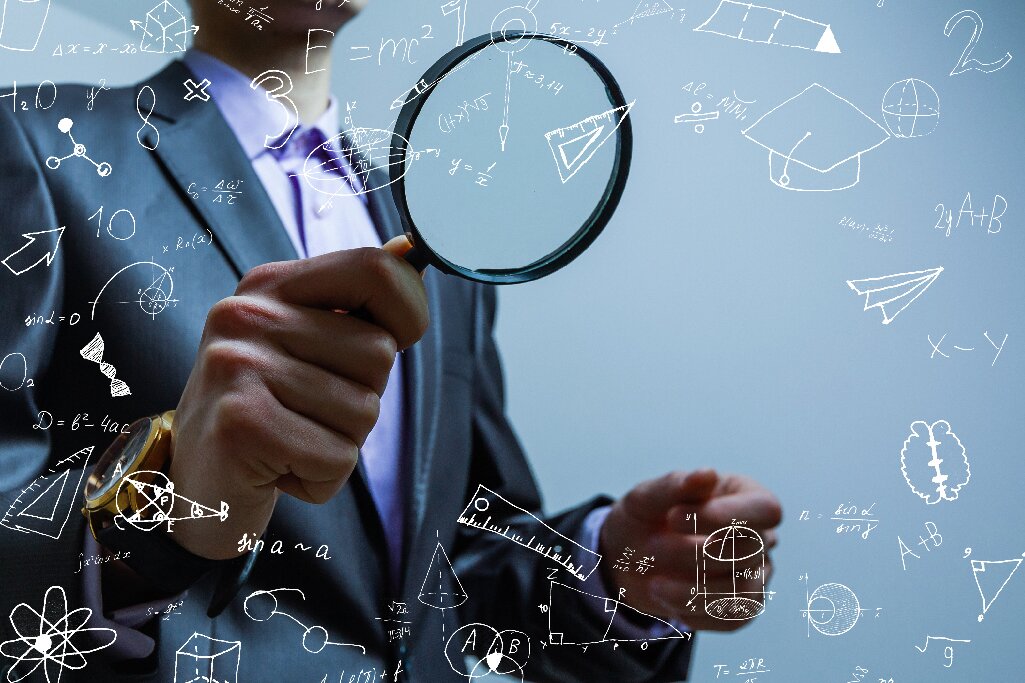The education industry and teaching are on the precipice of major transformation due to the acceleration of all kinds of new technologies, predominantly artificial intelligence (AI).
Education is no longer just a human endeavor, and both teachers and prominent institutions and organizations in the field of education must adapt and adjust as education and technology (also known as EdTech) combine to develop a new, more efficient way of learning.

As you know, much of my teaching revolves around my Hard Trend Methodology and anticipatory thinking, differentiating between Hard Trends and Soft Trends to identify and embrace disruption before it occurs.
Hard Trends are those that are future certainties that will happen, while Soft Trends are future possibilities that can be influenced and changed.
Before we dive into where the world of education is heading, I want to remind everyone that the world has shifted from a time of rapid change to a time of transformation. Change always comes to us from the outside in, forcing us to react, manage crises, put out fires. In contrast, transformation comes from the inside out, created by you and your team.
When something comes from the inside out, you have far more control in shaping your future, but this also takes a positive Futureview® as well.
Hard trends in Education and Futureview
The purpose of my Hard Trend Methodology coupled with having a positive Futureview is to predict disruption before it disrupts, thus turning disruption into a choice. We cannot simply predict the future, but we must actively shape it.
With regard to EdTech and specifically AI applications, this means actively shaping the future of education in anticipatory fashion instead of just having a wait-and-see attitude about the future and the impact said technology will have on educators and the industry.
As new applications in the EdTech space arise, anticipatory thinking helps to pre-solve many problems these applications will bring and shed light on what disruptions will result.
So, what are some of the more notable Hard Trends approaching the education industry? AI software, especially the likes of ChatGPT, is getting more powerful each day and will only continue to do so.
The days of writing something from scratch are starting to look much different, and while this may help students springboard into a more riveting term paper, teachers and administrators alike are struggling to keep up, and in many cases, fearing and rejecting such a profound transformation.
Since we know AI, in general, is a Hard Trend that is not going away, Anticipatory educators and administrators can and should leverage this knowledge, pre-solve the problems that already stem from AI in education (I can think of one major one — plagiarism!), and in turn, realign their organization’s Futureview to one that adapts and grows with this application. After all, if not ChatGPT, there will be something else — that is how Hard Trends work!
The symbiotic relationship of AI and teaching
In the early 1980s, I made a prediction that we were going to automate and humanize education for the first time in history. In more recent years, this prediction has already become a reality. But what does this mean?
In short, this means that we can automate the parts of education that are not necessary for humans to teach so they can focus more intently on the parts of education that cannot be automated.
There are two levels of learning that humans are capable of, also known as the cognitive domain. The lower level of the cognitive domain involves recall, information observation, and simple principles, while the higher level involves applying, analyzing, evaluating, synthesizing, and creating.
In years past, educators have been stuck teaching the lowest levels of the cognitive domain and seldom have time to reach those higher levels.
Even educators themselves become discouraged from doing so, especially since they know that human beings are far more capable of deeper, more critical thinking.
With the rise of applications in EdTech, educators can turn over the lower level of learning to automation, giving educators more time and opportunity to teach the higher level of the cognitive domain.
What this then does is simultaneously prepare a student of any age for the ever-changing world of disruptive digital technology while helping them realize how to work with tech as opposed to against it, avoiding future disruptions in their lives.
For instance, teaching a child to multiply should really be an interactive, self-diagnostic system using gamification and automation. While something like a calculator can figure out the answer to what a simple multiplication equation is, the educator can then explain in more hands-on, human ways how the equation applies to their everyday life. This unlocks tremendous opportunities to incorporate those principles of the higher cognitive domain, and in turn, educators have now worked with EdTech instead of resisting it.
Indisputably, the future of education is an environment of blended learning between human beings and technology, using each in the best way to accelerate learning. Instead of thinking about technology and education as completely separate, it is becoming an increasingly symbiotic relationship.
Look for part 2 of this blog next week, where I explore the specific competencies that AI applications in the EdTech space cannot master quite like humans, and I look to learn how to use an anticipatory mindset when doubling down on these competencies as an educator or administrator in the education sector!
For more business and entrepreneurship tips, subscribe to our weekly newsletter and follow us on Twitter, Facebook, Instagram, and LinkedIn.